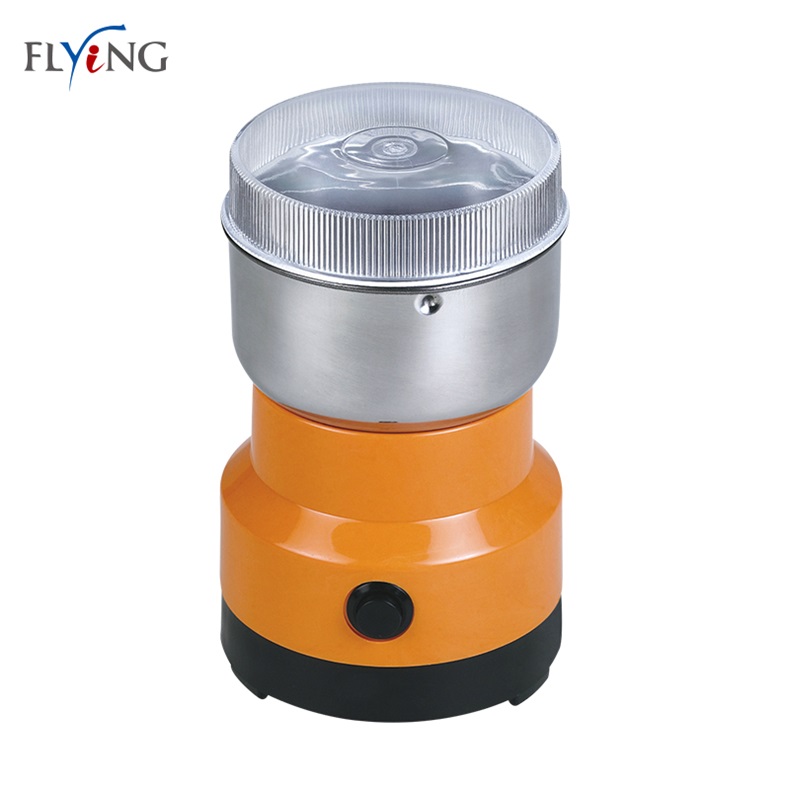1 Hydrophilic mineral: A mineral surface that is easily wetted by water, called a hydrophilic surface. Its mineral is called a hydrophilic mineral. Such as quartz , mica . 2 Hydrophobic minerals: Mineral surfaces that are not easily wetted by water, become hydrophobic surfaces, and their minerals are called hydrophobic minerals. Such as graphite , molybdenite 3 Balanced contact angle: When the wetted perimeter is in equilibrium, at any three-phase contact point, the angle from the liquid-liquid interface through the liquid to the solid-liquid interface. 4 In-phase condensation: The surface potential of the particles is the same symbol and size, that is, ψ1=ψ2=ψ, and the resulting condensation is called in-phase condensation. In-phase condensation can be illustrated by the DLVO theory. 5 Heterogeneous condensation: Condensation of heterogeneous particles with different surface potentials (different surface potential symbols or values) is called coagulation or heterogeneous condensation. Can be explained by DLVO theory. 6 Dispersed state: The particles in the slurry are suspended, and each particle can move freely. 7 Aggregation state: If the fine ore particles in the slurry adhere to each other and agglomerate. 8 three aggregation states: condensation, flocculation, agglomeration 9 Condensation (or agglomeration): Under the action of certain inorganic salts (such as lime, alum, etc.), the phenomenon that fine aggregates in the slurry form clots is called condensation. The main mechanism is that the external electrolyte eliminates the charge on the surface of the mineral and compresses the electric double layer. 10 Flocculation (polymer flocculation and hydrophobic flocculation): Polymer flocculation: mainly by using high-molecular flocculants (such as starch and polyelectrolyte) to bridge the fine ore particles into a loose, network-like aggregate state. . 11 Reunion: After adding non-polar oil to the slurry, it will cause the ore particles to accumulate in the oil phase to form a mass, or the phenomenon that the ore particles will aggregate into a mass due to the arching of large and small bubbles. 12 Characteristic adsorption: However, when an ion (such as a surfactant ion) in the solution has additional force in addition to the electrostatic force on the surface of the mineral, such as chemical force, hydrocarbon chain association, etc., This ion enters the dense layer more, causing a more complex change in the potential of the counter ion layer. 13 Semi-micelle adsorption: At higher concentrations, the hydrocarbon chains of the surfactant ions interact to form a semi-micelle state, resulting in half-micelle adsorption. 14 Critical micelle concentration: The lowest concentration of surfactant molecules in the solvent to form micelles is the critical micelle concentration. 15 Zero point: The negative logarithm of the set ion concentration at ψ0=0, expressed in PZC. 16 Isoelectric point: The charge of the ore-positioned ion is equal to the charge of the counter-ion ion in the slip surface. When the zeta potential on the slip surface is ζ=0, the negative logarithm of the electrolyte concentration in the solution is recorded as PZR or IEP. 17 collector : an agent used to increase the hydrophobicity and floatability of minerals 18 Adjusting agent: In the process of flotation, in order to float the target minerals and suppress the non-target minerals, some chemicals must be added to the pulp to create the conditions for successful mineral sorting. These agents are called adjusting agents. 19 Foaming agent: An agent used to enhance bubble stability and longevity. 20 Activator: An agent used to promote the action of minerals and collectors or to eliminate the effects of inhibitors. 21 Inhibitor: An agent used to increase the hydrophilicity of minerals and reduce the floatability of minerals. 22 PH adjuster: an agent used to adjust the pH of a slurry. 23 Dispersant: a medicament used to disperse slime 24 flocculant: a medicament used to promote fine flocculation 25 Polar group: A reactive functional group that enables the collector to selectively and relatively strongly adsorb on the surface of the particle, often referred to as a hydrophilic group. 26 Non-polar groups (ie hydrocarbon groups): Another component of the collector that makes the surface of the particles hydrophobic, often referred to as a hydrophobic group. 27 Three-phase foam: A foam composed of liquid, gas and solid three phases. 28 Two-phase foam: a foam composed of two phases of liquid and gas. 29 Primary slime: Fine particles produced by geological action inside the deposit, mainly various argillaceous minerals in the deposit, such as kaolin , sericite, chlorite, etc., called “primary slimeâ€. 30 secondary slime: Fine particles formed during crushing, grinding, mixing, transportation, etc., called “secondary slimeâ€. 31 Intermediate product: The tailings of each selected operation and the foam products of each sweeping operation, which are further processed in the process, are collectively referred to as medium ore or intermediate products. 32 Number of selected segments: refers to the number of times the grinding operation is combined with the sorting operation. 33 Number of segments in the flotation process: the number of times the mineral is ground-floating, then grinding-and then flotation. 34 Sorting Cycle: Also known as the flotation circuit, it refers to a group of flotation operations included in a final product (concentrate), such as rough selection, sweeping and selection, and so on. a component selected from the group named as circulating lead, zinc cycle, Cu, Zn cycle, sulfur cycle, and copper loop.
-Simple, trendy design
-Electric coffee grinder 220v. Portable size
Grind the coffee beans as thoroughly as needed in 15 seconds.Easy to use. With just one button operation
Power:100W
Press button
Carton size:3*36*55cm 18pcs/ctn
20'GP:13272pcs 40'HQ:31128pcs
coffee grinder,spice grinder,electric coffee grinder,mini coffee grinder Flying Electronic Co., Ltd , https://www.electronicjmflying.com
Coffee grinder
-Coffee grinder 100 watts power and voltage 220-240V, frequency 50Hz.
-Compact size, easy to carry
-No need to grind just coffee, because grains, nuts or peppers can be ground
-The machine is made of stainless steel to ensure that it is durable and can be used for a long time.

